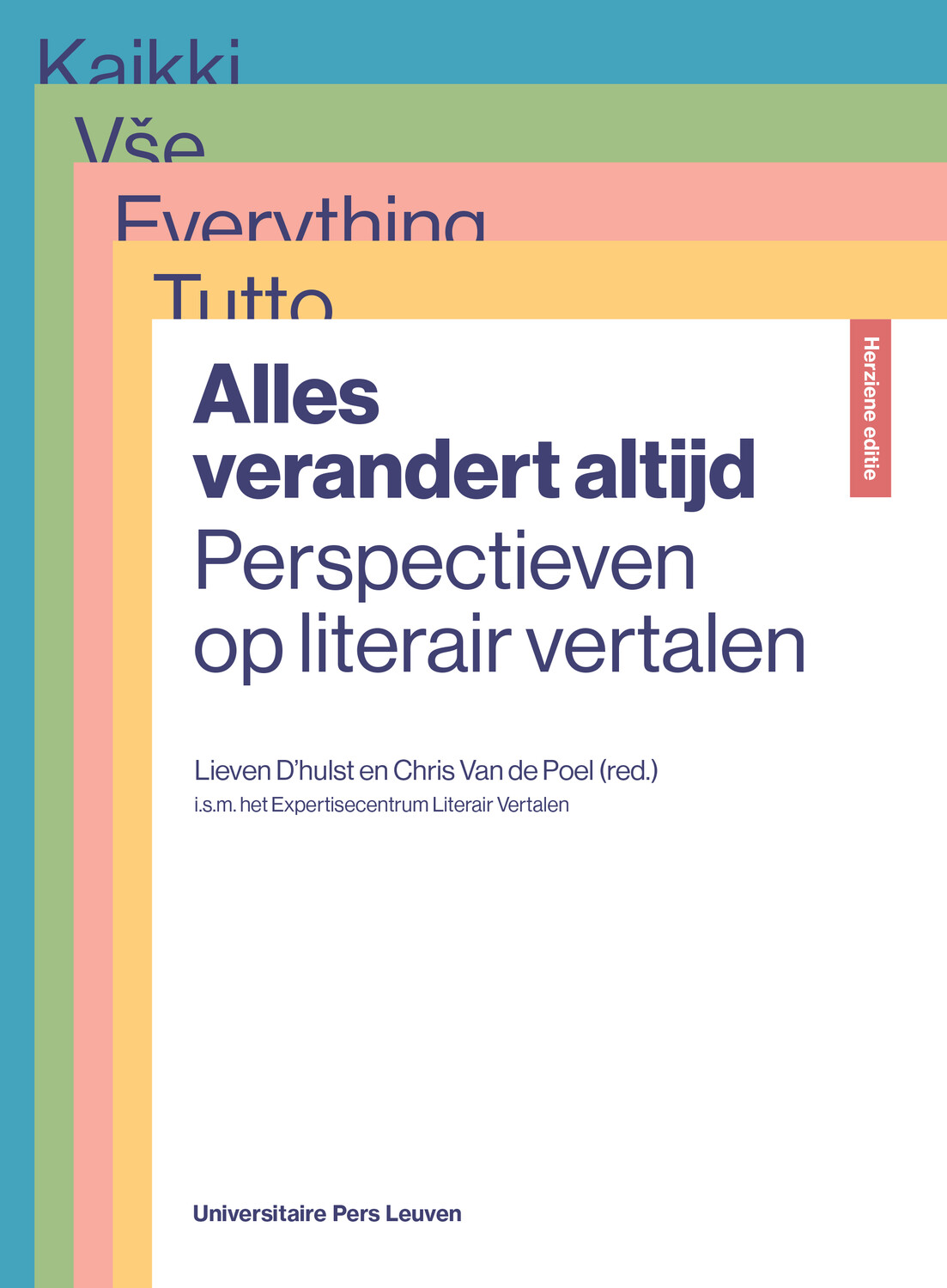
"People’s (im)mobilities within and across borders are shaped by very different structural factors like gender, class, ethnicity, citizenship, as well as by factors such as the recognition of educational credentials in a given place, or the desirability of certain migrations in the eyes of employers, politicians or the public."
The willingness to migrate in search of employment is in itself insufficient to compel anyone to move. The dynamics of labour mobility are heavily influenced by the opportunities perceived and the imaginaries held by both employers and regulating authorities in relation to migrant labour. Migration at work offers a multidisciplinary approach to the study of the structures and imaginaries underlying various forms of mobility. Q&A with editor Fiona-Katharina Seiger.
Briefly and concisely explain in plain language what the book is about.
As a whole, the book tackles how imaginations of the foreign (people or places) intertwine with the regulation of migration. In their empirical chapters, our authors show how the tensions between migrants’ aspirations and imaginaries on the one hand, and migration structures the other, play out in the lives of different groups of people.
What or who inspired you to choose this topic?
When I started working on this project I was part of CeMIS, the Centre for Migration and Intercultural Studies at Antwerp University. I was not initially involved in the research project and workshop that preceded the book but Chris, the late director of the Centre, asked me to lead the publication project. I was very happy with this opportunity.
As for the topic of migration more broadly, it is a topic I became very interested in about 15 years ago. My initial geographic specialisation was in Japan and the Philippines.
Do you have any reading suggestions to share (books, blogs, journals, ...) for anyone who wants to know more about the subject?
Absolutely. Of course, there are a number of academic journals specialised on the topics of migration: JEMS, Migration Studies, International Migration Review, Transitions - Journal of Transient Migration, Crossings: Journal of Migration & Culture. The journal Mobilities focuses on – as the name says - forms of mobility which is also very relevant to migration. This is not an exhaustive list of course.
Rather than going by journal (now that we rely on digital databases more than on printed material) you could also consult the Migration Research Hub (www.migrationresearch.com). There you will find a collection of publications, projects and a list of experts working on migration. The Hub is run by IMISCOE, the largest European Network of Migration scholars.
For shorter reads, take a look at IMISCOE’s website. It features articles and commentaries. Of course, there is also The Migration Podcast which I produce. Every month I release an episode in which my co-producers or I speak to a migration expert about their work. We try not to use too much jargon but I have to admit, we do not always succeed (yet).
How did the writing process for this book go? Did you experience anything surprising, amusing or strange?
The writing process was overshadowed by Chris’ passing. Only her close relatives knew she was battling cancer, for the rest of us the news came as a shock.
What would you like readers to remember about your book?
I would like readers to remember that people’s (im)mobilities within and across borders are shaped by very different structural factors like gender, class, ethnicity, citizenship, as well as by factors such as the recognition of educational credentials in a given place, or the desirability of certain migrations in the eyes of employers, politicians or the public. Different groups of migrant people are affected differently. Indeed, one important aspect shown through the chapters of this volume is that, albeit economics playing a central role in any of the migrations covered, labour markets and related migrations and mobilities are segmented and ordered. This very much shapes how migration for work is experienced by individuals.
Your book is published open access thanks to the support of the KU Leuven Fund for Fair Open Access. How did the open access publication process go? What makes open access so attractive for you/your book? Have you thus far noticed that your book reaches a wider audience?
The entire process was straight forward and fairly easy. Also, since two of my co-editors are KU Leuven staff, we received another discount for OA publishing, which was very helpful. I think the book has a wider reach as I notice it is being found and accessed via academia.edu, and mostly so from outside of the European Union.
Do you have any plans yet for another publication? What will it be about? Would you consider publishing the book open access?
Not yet. But I am currently involved in a EC-funded consortium project called PERCEPTIONS, through which we explore migrant imaginaries of Europe and the role of social media in it. The mixed-methods and multi-sited nature of the project would indeed lend itself well to writing another edited volume. And yes, definitely open access.

Migration at Work
Aspirations, Imaginaries & Structures of Mobility
Edited by Fiona-Katharina Seiger, Christiane Timmerman (†), Noel B. Salazar, and Johan Wets









































